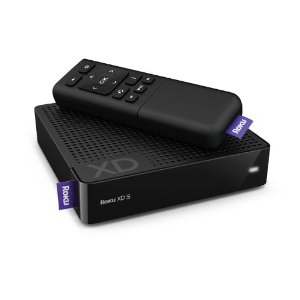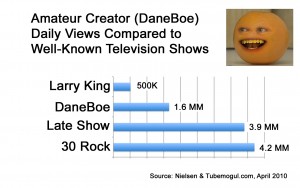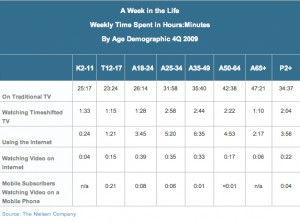

You’ve heard about online video, and you have a few extra large monitors (HDTV) that you aren’t using. Now you’re running out of excuses, because the Roku (which like AppleTV, Boxee, TiVo and other devices) will soon offer Angry Birds… right on your boob tube. To be sure Roku is right for you, check out this comparison (GigaOM) to AppleTV’s fall update and the Boxee.
If you’re already a member of Amazon Prime (free trial here) or Netflix (free trial here), you’ll get better use out of these limited but generous “all you can eat” video collections, although some devices (Wii, Xbox) allow you to search Netflix’s entire collection instead of just your manually populated “Instant Que.” I have just about every web-to-TV box available, and Roku’s my favorite. I use TiVo most often, because it’s my bedroom replacement to Verizon’s crappy Motorla units. And if I’m on a YouTube binge, I do like the simplicity of AppleTV.
Roku wins because it’s incredibly easy to navigate, and the remote is as simple as AppleTV with barely any buttons. I also admit to digging the new fabric tag that pokes out the remote, making it even more unique.
If you’re overwhelmed by the steps required to starting on these devices, here’s the dealeo. In most cases (Hulu as an exception) you don’t even need to pay a monthly fee for additional content, like the library of Revision3 channels.
The idiot’s guide to getting started on web-TV for $99 and about 5 minutes of your precious time.

- Buy the Roku (Amazon affiliate link). That’s the most difficult step, and there’s no service fee required.
- Plug the Roku into an electric outlet.
- Plug in an ethernet cord from your modem or router (or use one of these wireless internet adapters, which sends internet via electricity).
- Connect the Roku to your television via those red, white yellow cords or the fat one called an HDMI cable (audio and video)
- Turn on Roku and follow brief instructions
- Gorge on free content, and if you have Roku or Amazon, simply generate an approval code then tap that into your account to verify the box is yours and not some nosey neighbor pouching your account.
- Write me and tell me how I’ve opened your eyes to the impossible.



